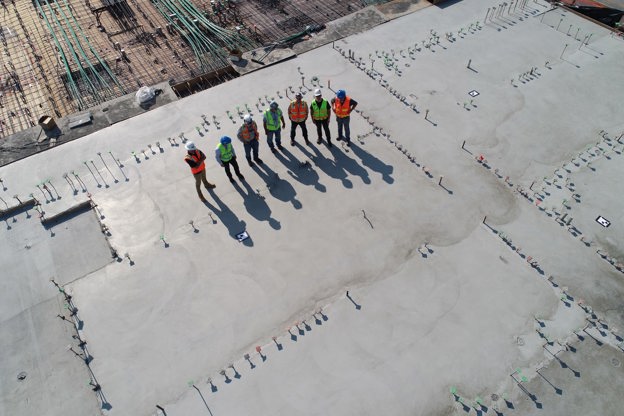

The Construction Industry Scheme (CIS) was designed by HMRC for self-employed contractors and individual subcontractors whose services fall within ‘construction operations’. Initially created to reduce tax avoidance and evasion, it is important to note that CIS contractors and subcontractors are not employees!
They can vary from sole trader to limited companies, Limited Liability Partnerships (LLP) and Limited Liability Companies (LLC). Their employment status is different by way of employment rights and responsibilities. CIS does not apply to payments made to employees as they are covered by the Pay As You Earn (PAYE) system of tax deduction.

The CIS scheme covers most construction work, here are some examples:
- Permanent or temporary building or structure
- Civil engineering e.g. roads / bridges
- Preparing building sites and providing access works
- Demolition
- Building work
- Alterations, repairs and decorating
- Installation of systems such as heating, lighting, power, water and ventilation
- Cleaning inside of building after construction work
A full list of inclusions and exemptions that apply to CIS can be found here.
How does CIS work for subcontractors, soletraders & limited companies?
The CIS scheme is a simple system that deducts tax at source of the contractor / subcontractors pay. The subcontractor will need to register to the CIS service, at which point HMRC will issue a Unique Tax Reference (UTR) number, which the party will register under the CIS scheme.
All parties will have their own UTR number, and this can be verified through a government gateway, this verification will confirm the tax percentage to be deducted at source.
Verification breakdown
- Gross status – no tax is deducted, and it is the responsibility of the subcontractor or limited company to arrange tax payments to HMRC. Additional steps are required to apply for gross status
- 20% tax status – is the most common tax deduction, can be applied to both subcontractors and limited companies
- 30% tax status – usually applied if unable to obtain verification from the government gateway, this could be due to several reasons – the most common is the UTR number has not been registered with the CIS scheme
Once the UTR number has been through the government gateway, the verifier will be issued a single verification reference like this - V0123456789
If you are a self-employed individual or operating through a limited company under CIS rules, you would be required to submit a self-assessment to HMRC each financial year to close off your end of year accounts and make sure your tax and national insurance contributions have been paid.
You can view our Self-Assessment Tax Return blog for more information on how to submit a tax return.

Onshore employment intermediaries: False self-employment (2014)
Since April 2014 HMRC introduced legislation to tackle false self-employment within the self-employed industry. The aim of the legislation is to capture companies and employment businesses using employment intermediaries to disguise the employment of their workers as self-employed, primarily to avoid paying employers National Insurance and to reduce the costs associated with workers employment rights.
This legislation is driven by Supervison, Direction or Control (SDC) and the manner in which a person provides their services is subject to (or to a right of). This is a qualifying condition which must be satisfied before provisions of the legislation can apply.
Bar2 carry out status checks with the individual to determine the element of SDC in line with HMRC guidance. This process is embedded within our self employed services with frequent monitoring and audits.

